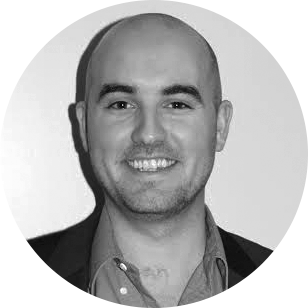Philip Seymour Hoffman, and the queasy reality of how Hollywood deals with actors' deaths
When a star dies, how can Hollywood balance business concerns, technology wizardry, and basic human decency?


It's been nearly two years since Philip Seymour Hoffman died. But this weekend, Hunger Games fans will see him on thousands of movie screens across the country.
The Hunger Games: Mockingjay Part 2 contains Hoffman's final performance — though director Francis Lawrence balks at the term. "I regret to have that kind of label of it being his last film. Because obviously, there's not quite enough of him in it," Lawrence said in an interview with USA Today. “I would have liked his role to be larger."
What can a filmmaker do when a key performer dies before his or her performance is complete? Hollywood has been dealing with the fallout from this kind of tragedy since at least 1924, when actress Martha Mansfield died after an on-set accident in the Civil War drama The Warrens of Virginia. "Representatives of Fox, barely concealing their relief, announced that most of Mansfield's scenes had been shot, so the tragedy wouldn't really have a negative impact on the film," related historian Frank Thompson in the book Texas Hollywood.
The Week
Escape your echo chamber. Get the facts behind the news, plus analysis from multiple perspectives.

Sign up for The Week's Free Newsletters
From our morning news briefing to a weekly Good News Newsletter, get the best of The Week delivered directly to your inbox.
From our morning news briefing to a weekly Good News Newsletter, get the best of The Week delivered directly to your inbox.
Over many years and many projects, an actor or actress' death has been handled in pretty much every way you can imagine. In 1962, when Marilyn Monroe died during the extremely troubled production of the George Cukor comedy Something's Got to Give, the film was scrapped altogether. In 1972, filmmakers cynically completed the martial arts film Game of Death by supplementing the scant completed footage of star Bruce Lee with scenes of several other martial artists unconvincingly made up to look like Lee. After Richard Harris' death, the Harry Potter franchise recast Michael Gambon as Dumbledore without ever directly commenting on the discrepancy. Other projects facing similar problems — the CBS TV shows Cover Up and The Royal Family, the NBC sitcom NewsRadio, the ABC sitcom 8 Simple Rules — altered the narrative by killing off deceased actors' characters, and bringing in new cast members to compensate for the absence.
Even when a performance is all but complete, filmmakers have struggled to balance practical concerns, financial realities, and basic human decency. When The Crow star Brandon Lee died of an injury he sustained on set, he had just three more days of filming on his schedule. Nevertheless, the entire film needed to be altered — a process that added $8 million to the film's $15 million budget. "It was never technically (questioned) if we could complete it — it was always evident that Brandon's role was basically done," recalled producer Ed Pressman. "The issue was psychological." In addition to enlisting a lookalike stuntman to complete Lee's final action scenes, filmmakers retooled the script, beefing up supporting characters and converting half-completed scenes into montages to compensate for Lee's absence.
That same year, another big Hollywood production was forced to adapt to the death of a star. The all-but-forgotten Wagons East! — a comedy-western universally dismissed as a "witless, toothless satire" — was an unlikely pioneer in this kind of special effects-laden resurrection. When John Candy died of a heart attack near the end of the film's shoot, director Peter Markle opted to move forward by using special effects to complete his performance. Candy was digitally imposed into several scenes, with a soundalike dubbing in his missing dialogue. John Horn of The Associated Press called the effect "seamless." He was wrong:
Nevertheless, Wagons East! heralded a new era for filmmakers dealing with the untimely death of a star, and it wasn't long before the technology was used in a much, much bigger project. In 1999, the BBC reported the "far-fetched solution" employed by Gladiator to compensate for the mid-production death of supporting actor Oliver Reed: existing footage of his head superimposed over a lookalike body. The effect is noticeable, but it didn't stop Gladiator from earning $450 million and a Best Picture Oscar.
A free daily email with the biggest news stories of the day – and the best features from TheWeek.com
A version of the same technology was used in the third season of The Sopranos when Nancy Marchand, who played Tony's mother Livia, died of complications related to lung cancer and emphysema. Her final scene — cobbled together from digital effects and disconnected sound clips — is well-intentioned but horrendously executed, making Marchand's swan song one of the show's most unfortunate low points.
In the decade since, the technology has improved immeasurably. Fast & Furious 7 star Paul Walker died with many of his scenes incomplete, but filmmakers enlisted Walker's brothers to serve as stand-ins while digitally applying his face and voice — and 20 years after the term was laughably applied to Wagons East!, the effect can actually be described as seamless:
But while the reception to Fast & Furious 7's extended Walker tribute was generally positive, it also raises some uneasy questions about the priorities of studios that are forced to balance real-life tragedy with the financial concerns of a billion-dollar franchise. There's no way around it: Paul Walker died in a high-speed car accident, in a 2005 Porsche Garrera GT that would have been right at home in a Fast & Furious movie. But despite the uncomfortable real-life parallels, there was simply no chance that Universal would shelve the Fast & Furious franchise, which is easily the studio's most reliable moneymaker. Fast & Furious 7 uses cutting-edge technology to give Walker a graceful exit — but it also uses cutting-edge technology to smooth over a horrific real-life event, ensuring that Fast & Furious can zoom off to continued profitability. At a time when guaranteed moneymakers are hard to come by, nothing — not even the death of a star — has the power to shut down a successful franchise.
Of course, Philip Seymour Hoffman's supporting role in the final Hunger Games movie was much more limited than Walker's starring role in Fast & Furious — and after his death, it was cut down even further. One face-to-face encounter with the film's protagonist, Katniss Everdeen, was changed so that Hoffman's dialogue came in the form of a letter. Old footage was spliced into ensemble scenes to give the impression that Hoffman's character is present. Amid conflicting reports, Francis Lawrence has insisted that Hoffman's performance in the Hunger Games franchise wasn't beefed up with "digital manipulation or CG fabrication."
All things considered, Mockingjay found a relatively restrained way to handle the many queasy issues that arise when a major star dies in the middle of a production — but before long, this kind of stitched-together solution may be a thing of of the past. One effects supervisor recently speculated that in the future, actors in major blockbusters may be contractually obligated to have their facial expressions digitally scanned before filming begins, so a performance could be completed under any circumstances.
When it comes to Hollywood's biggest franchises, the message is clear: No force can stop a moneymaker from surging forward — even death.
Scott Meslow is the entertainment editor for TheWeek.com. He has written about film and television at publications including The Atlantic, POLITICO Magazine, and Vulture.
-
 Political cartoons for December 13
Political cartoons for December 13Cartoons Saturday's political cartoons include saving healthcare, the affordability crisis, and more
-
 Farage’s £9m windfall: will it smooth his path to power?
Farage’s £9m windfall: will it smooth his path to power?In Depth The record donation has come amidst rumours of collaboration with the Conservatives and allegations of racism in Farage's school days
-
 The issue dividing Israel: ultra-Orthodox draft dodgers
The issue dividing Israel: ultra-Orthodox draft dodgersIn the Spotlight A new bill has solidified the community’s ‘draft evasion’ stance, with this issue becoming the country’s ‘greatest internal security threat’
-
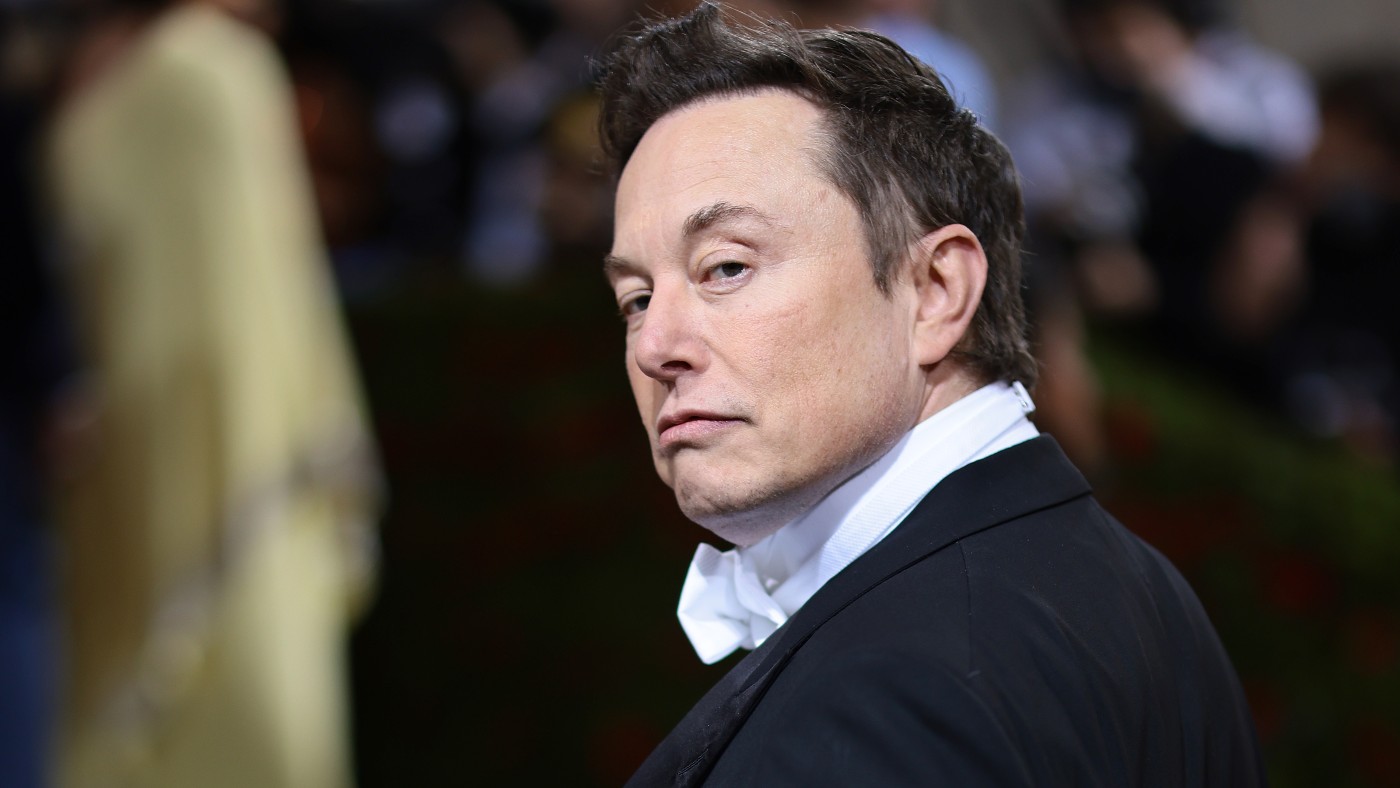 Walter Isaacson's 'Elon Musk' can 'scarcely contain its subject'
Walter Isaacson's 'Elon Musk' can 'scarcely contain its subject'The latest biography on the elusive tech mogul is causing a stir among critics
-
 Welcome to the new TheWeek.com!
Welcome to the new TheWeek.com!The Explainer Please allow us to reintroduce ourselves
-
 The Oscars finale was a heartless disaster
The Oscars finale was a heartless disasterThe Explainer A calculated attempt at emotional manipulation goes very wrong
-
 Most awkward awards show ever?
Most awkward awards show ever?The Explainer The best, worst, and most shocking moments from a chaotic Golden Globes
-
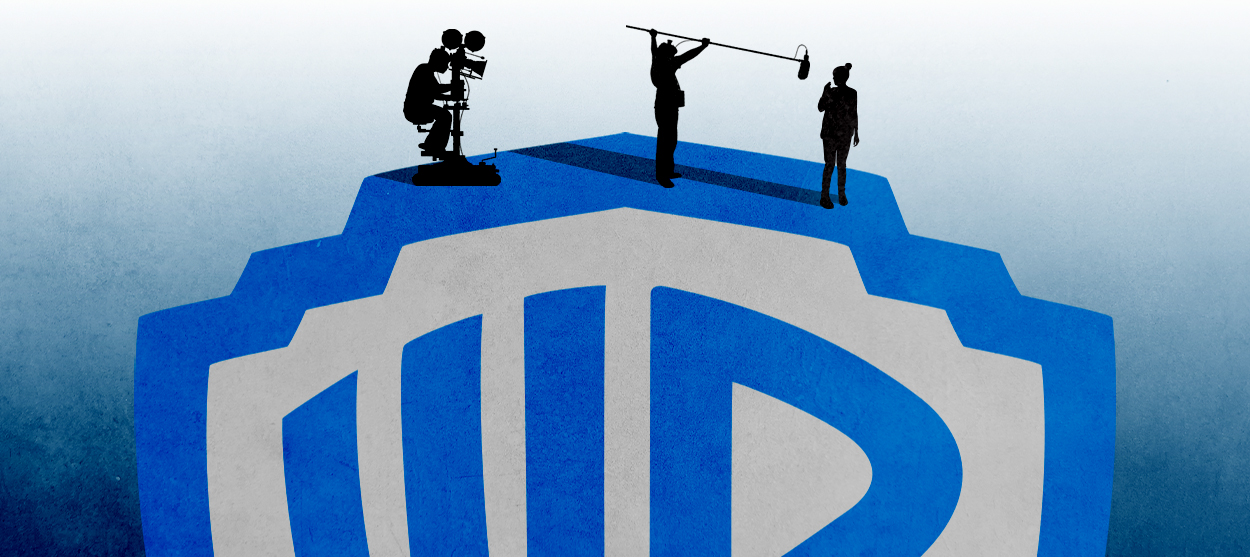 The possible silver lining to the Warner Bros. deal
The possible silver lining to the Warner Bros. dealThe Explainer Could what's terrible for theaters be good for creators?
-
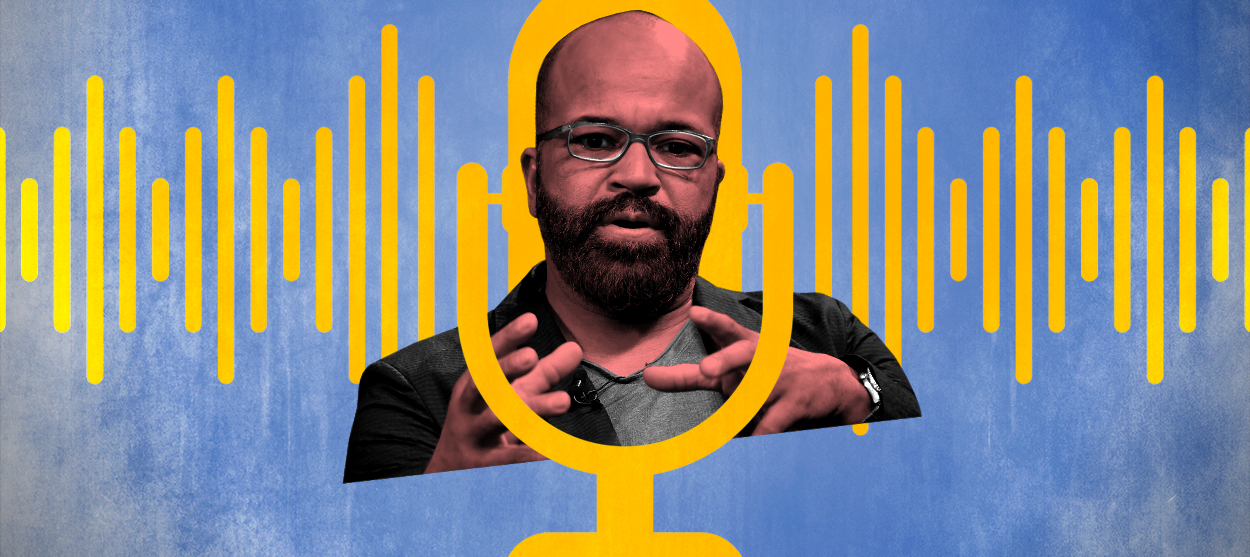 Jeffrey Wright is the new 'narrator voice'
Jeffrey Wright is the new 'narrator voice'The Explainer Move over, Sam Elliott and Morgan Freeman
-
 This week's literary events are the biggest award shows of 2020
This week's literary events are the biggest award shows of 2020feature So long, Oscar. Hello, Booker.
-
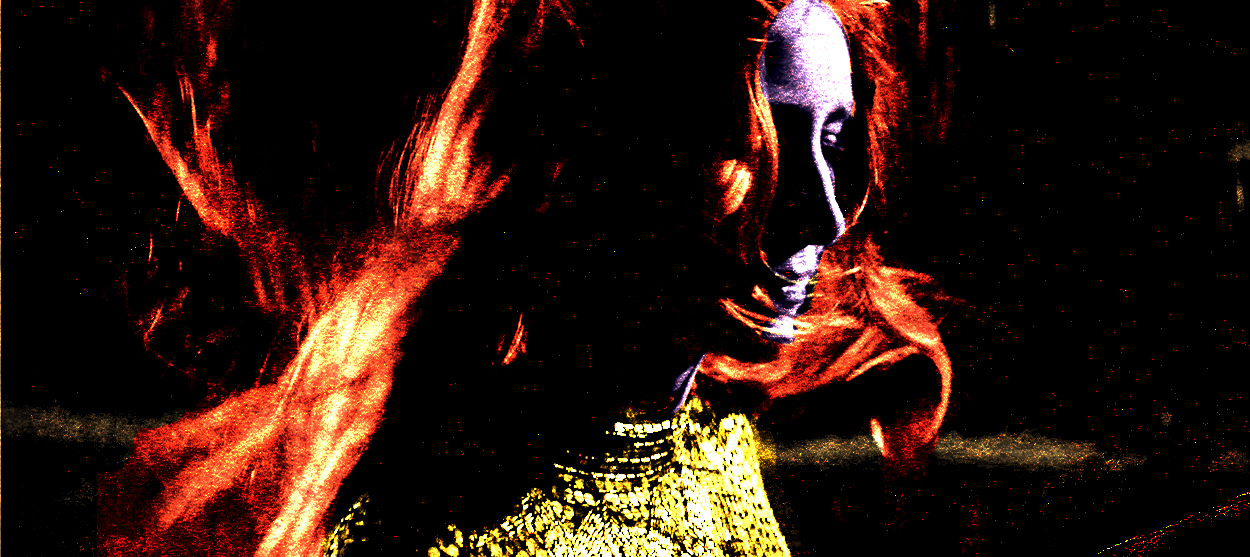 What She Dies Tomorrow can teach us about our unshakable obsession with mortality
What She Dies Tomorrow can teach us about our unshakable obsession with mortalityThe Explainer This film isn't about the pandemic. But it can help viewers confront their fears about death.

